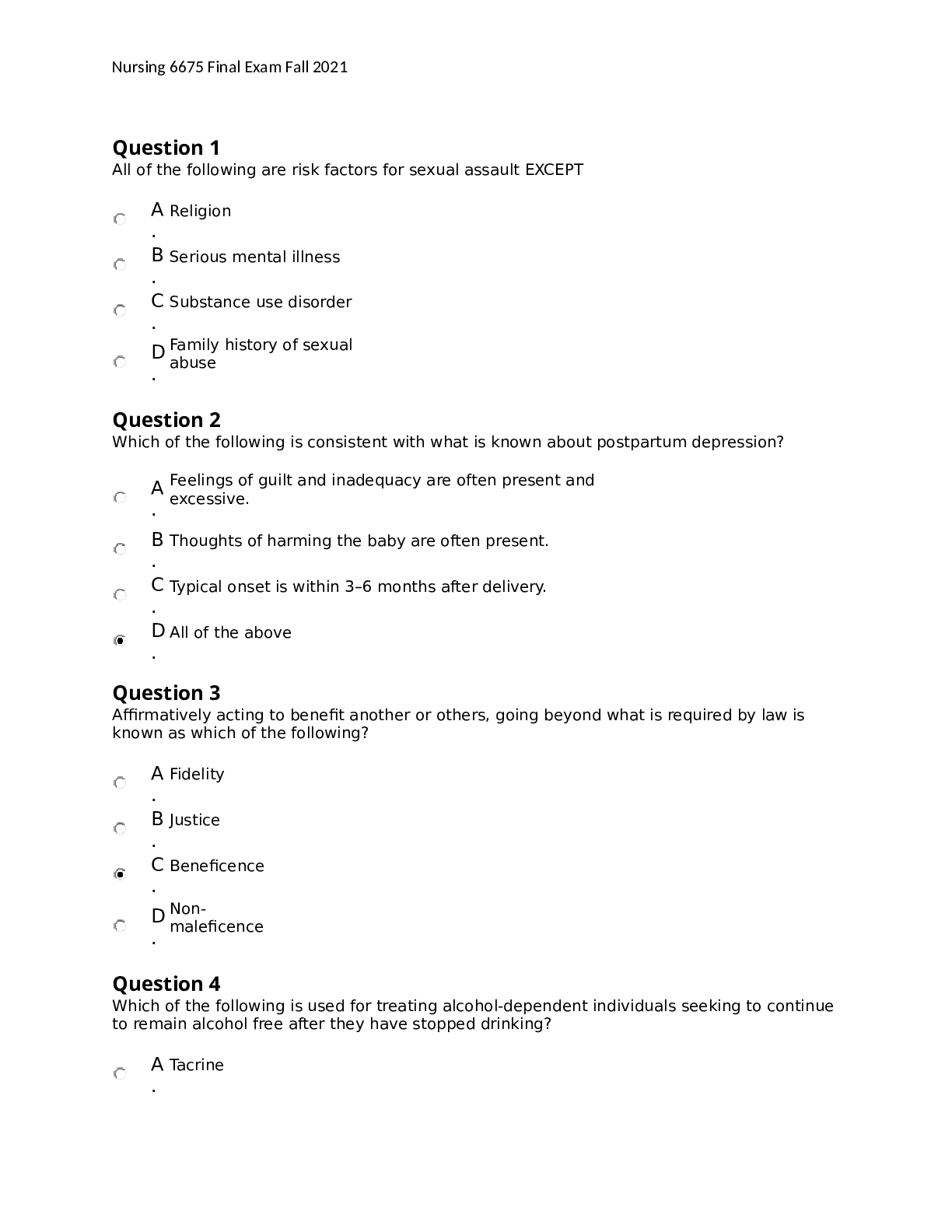2020/2021 100% Genetics Study Guide Final Exam Fall
Document Content and Description Below
Explain the structure of DNA. ▪ DNA has 2 strands that are held together by hydrogen bond, which are COMPLIMENTARY and not identical, which run opposite to one another (aka base pairs) ▪ DNA st... rands must run perfectly parallel, and are able to do so from nucleotides ▪ Purines must always pair with pyrimidines, with matching bases to form complementary pairs ▪ DNA in humans/mammals is linear, double stranded structure with the nucleotides of each strand connected together by phosphate group as the backbone Cell division: 1. Every time a cell divides, the DNA undergoes replication, which is duplication or replication of itself ▪ Resulting in two identical sets of DNA 2. Important because every time a cell undergoes mitosis, a duplication resulting in two new cells that are identical both to each other and the original (parent cell) that began the mitosis ▪ Each cell must have a complete genome Define Meiosis: the process of chromosomal reduction cell divisions required during gametogenesis to ensure that gametes are haploid Define mitosis: a duplication cell division that results in to new cells that are identical both to each othe [Show More]
Last updated: 2 years ago
Preview 1 out of 12 pages

Buy this document to get the full access instantly
Instant Download Access after purchase
Buy NowInstant download
We Accept:

Reviews( 0 )
$8.00
Can't find what you want? Try our AI powered Search
Document information
Connected school, study & course
About the document
Uploaded On
Feb 11, 2021
Number of pages
12
Written in
Additional information
This document has been written for:
Uploaded
Feb 11, 2021
Downloads
0
Views
71

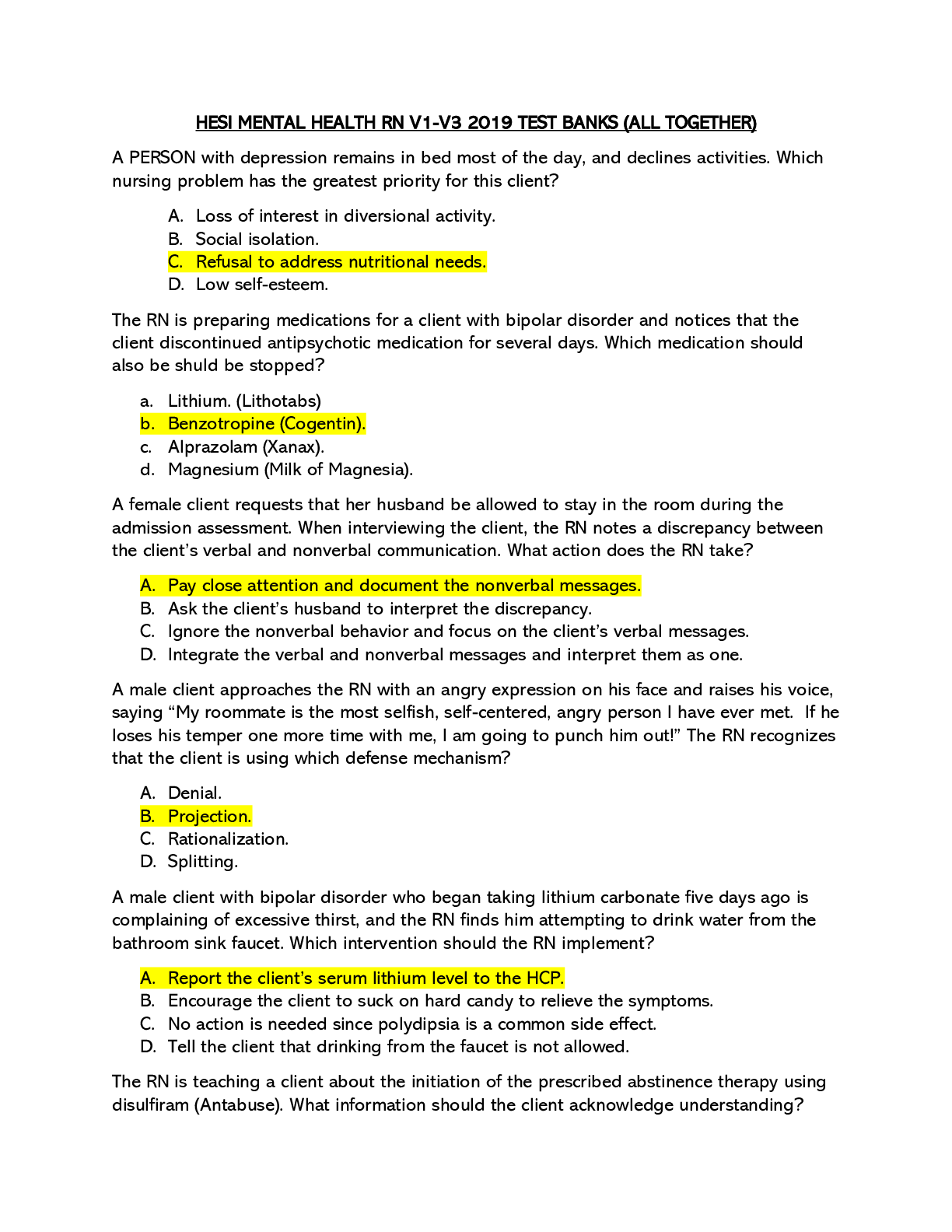
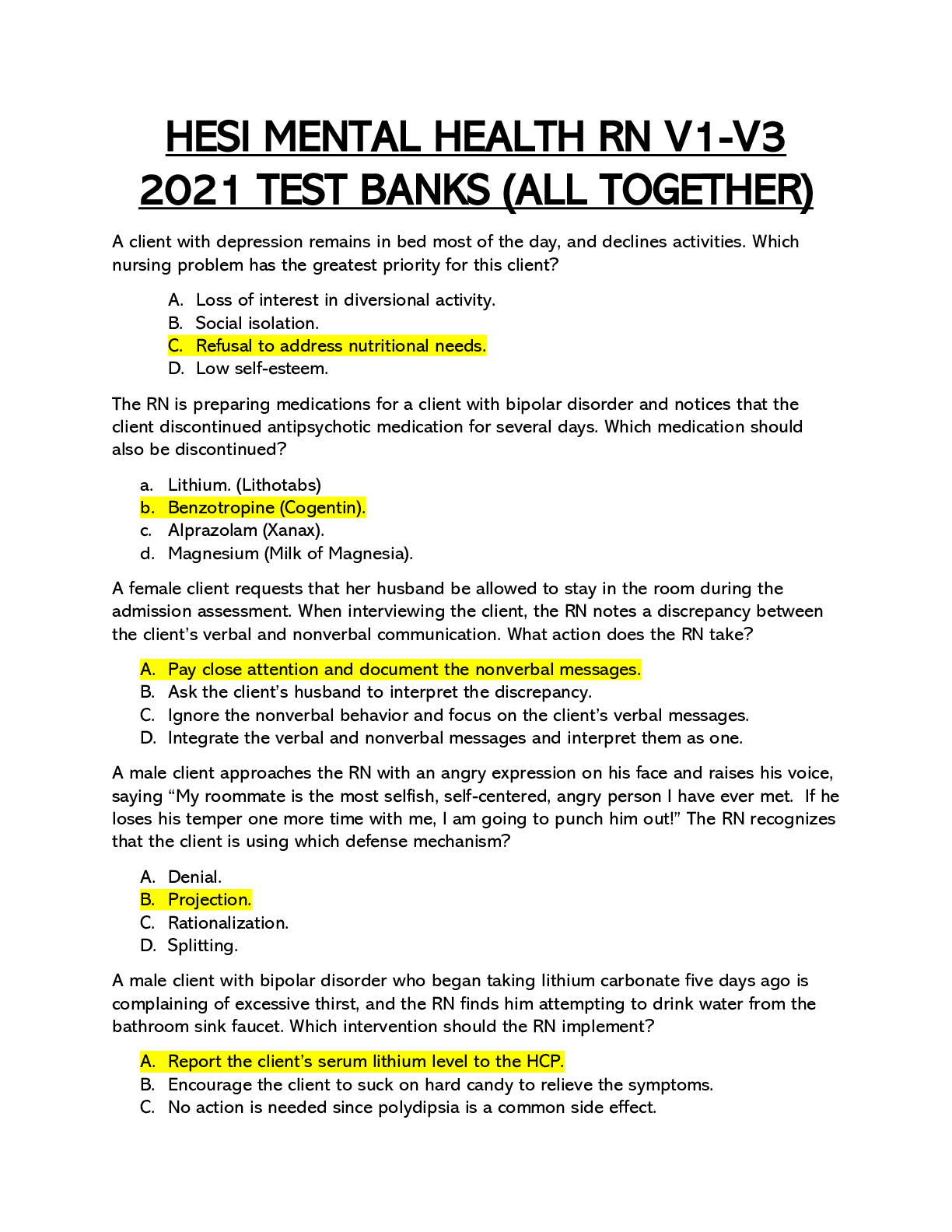
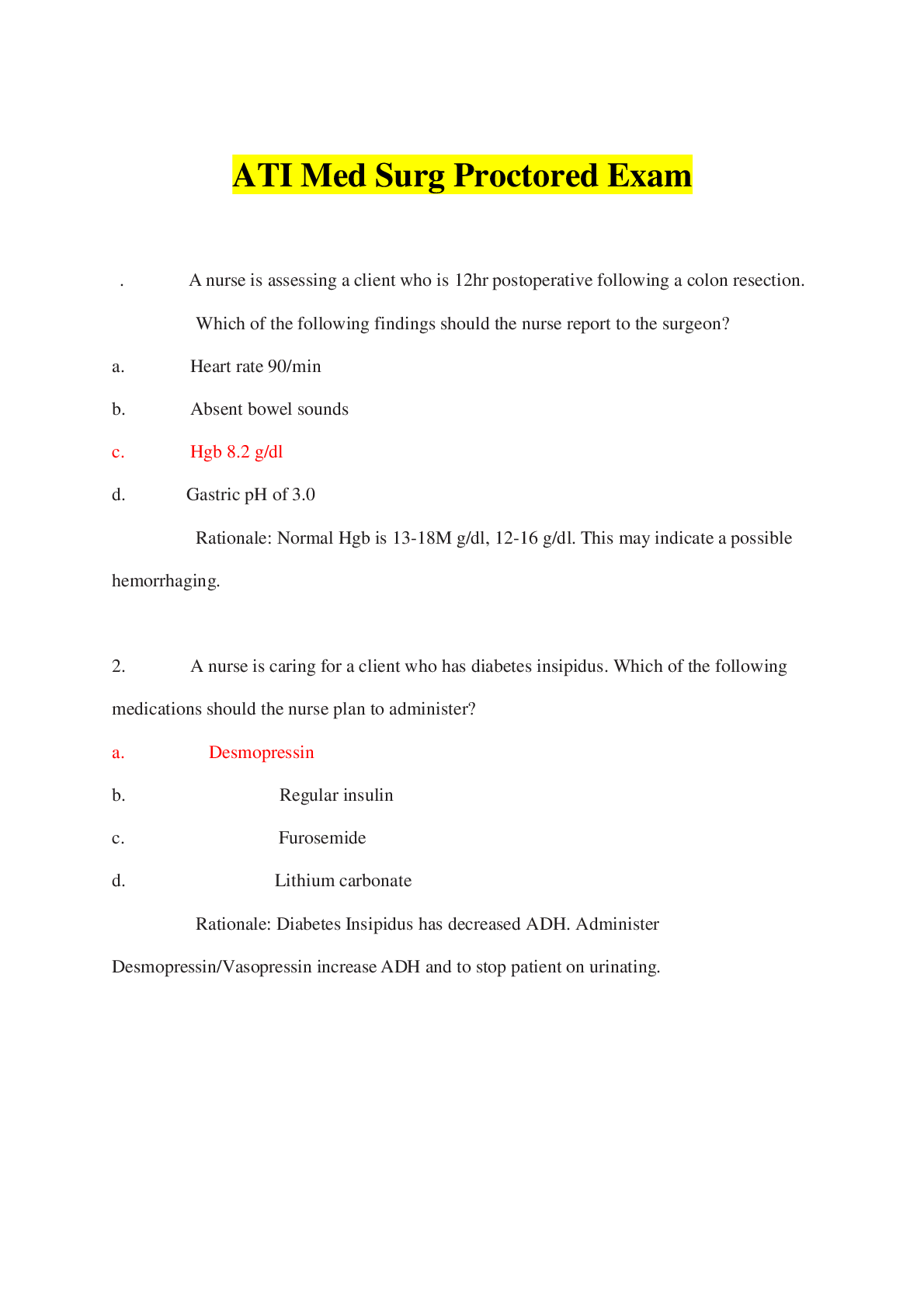
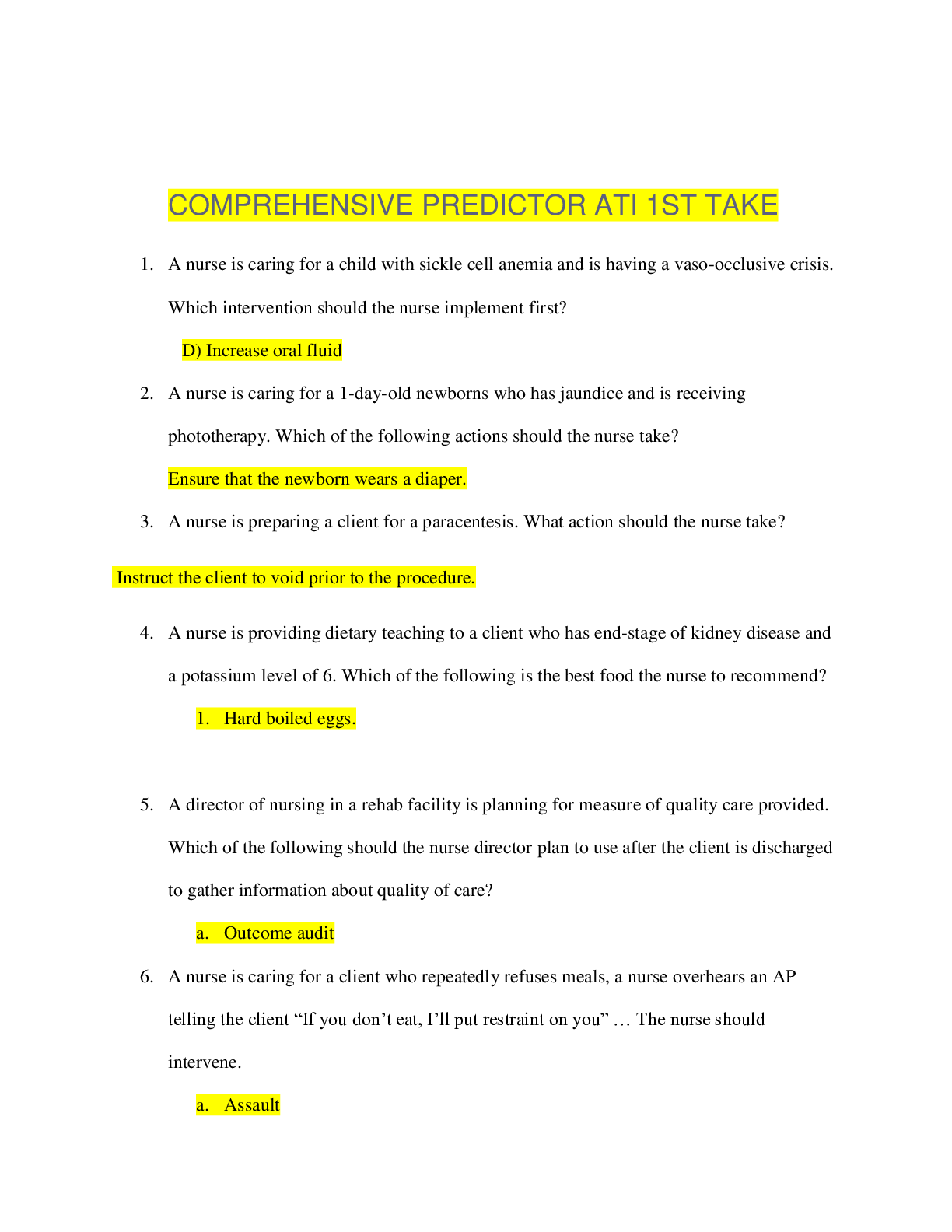

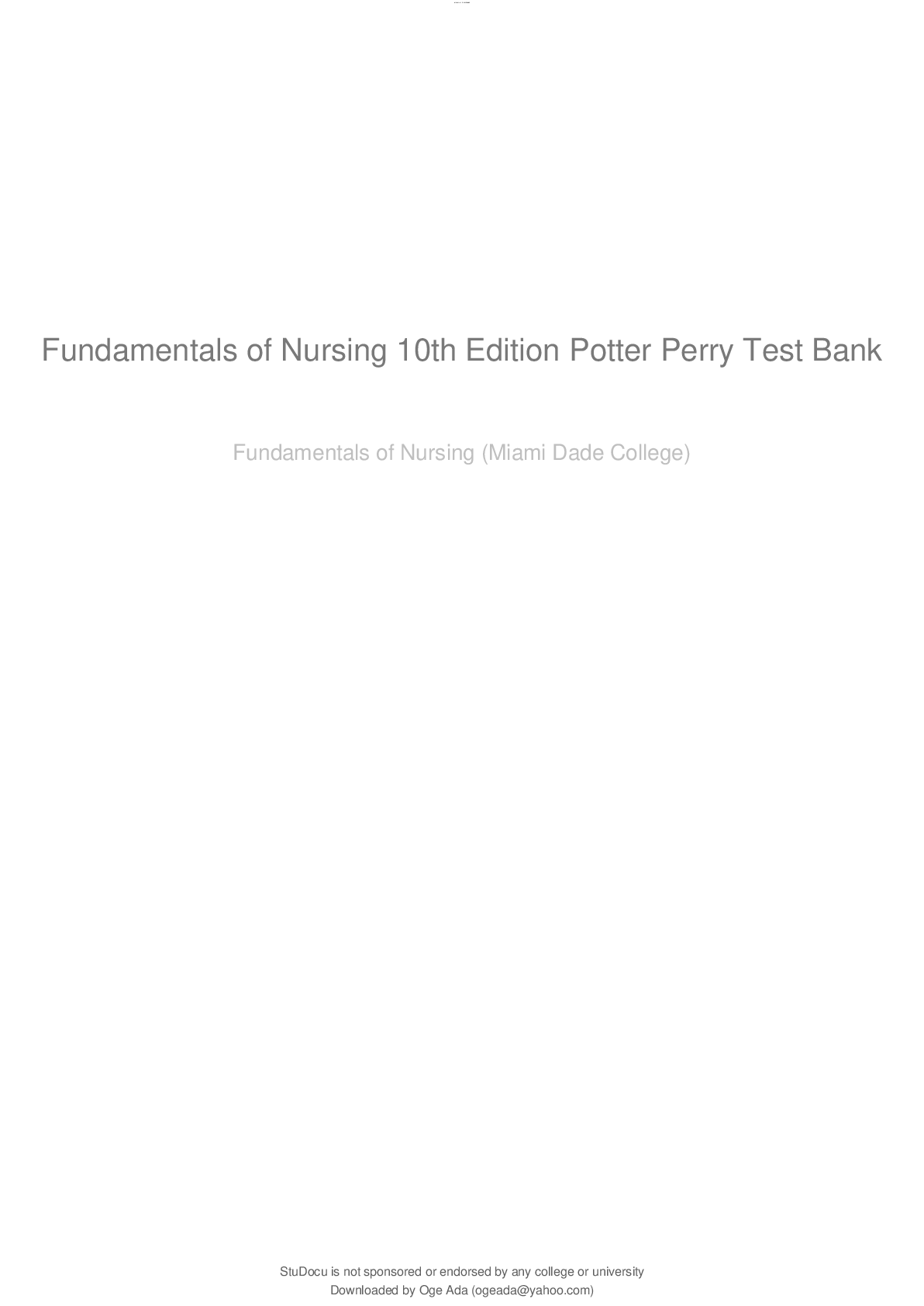
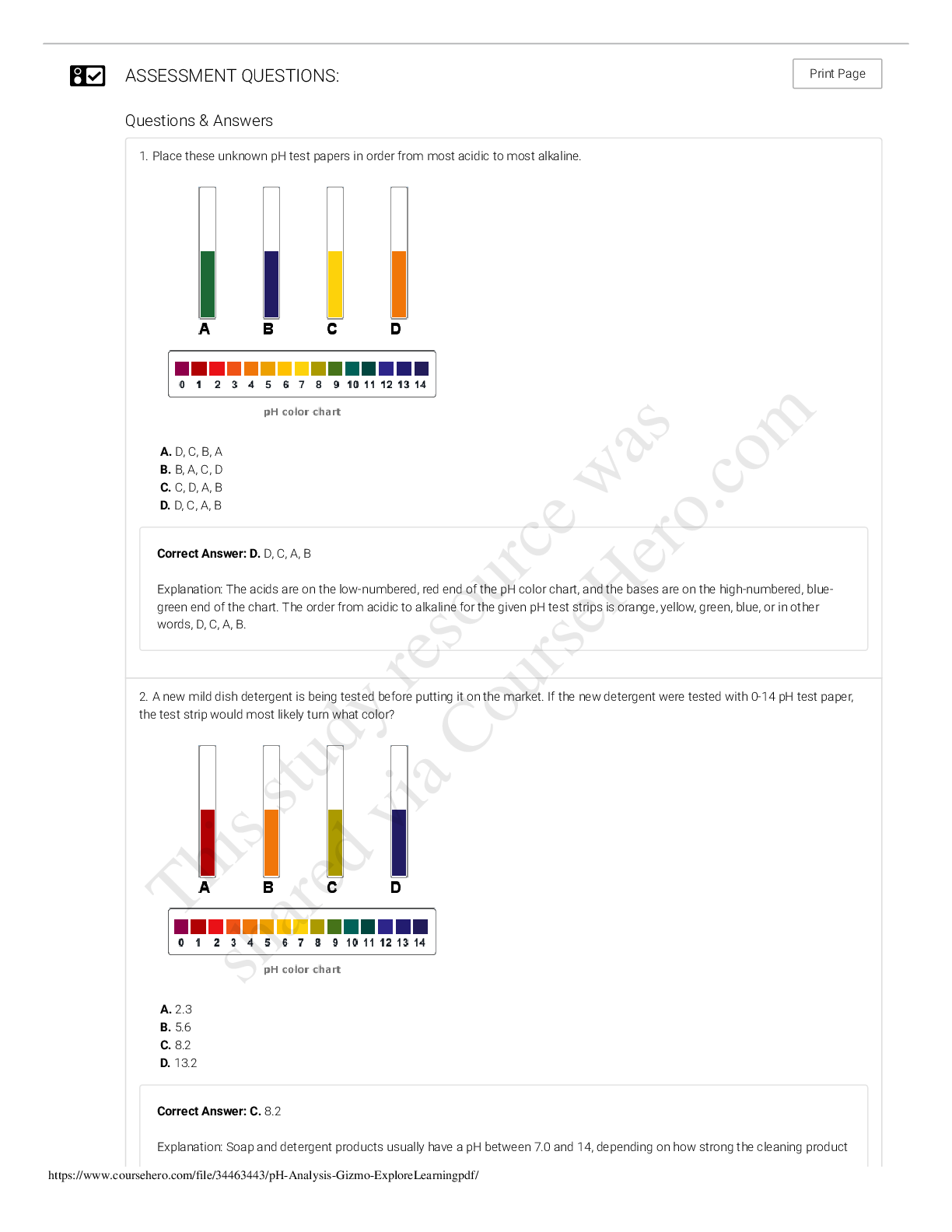

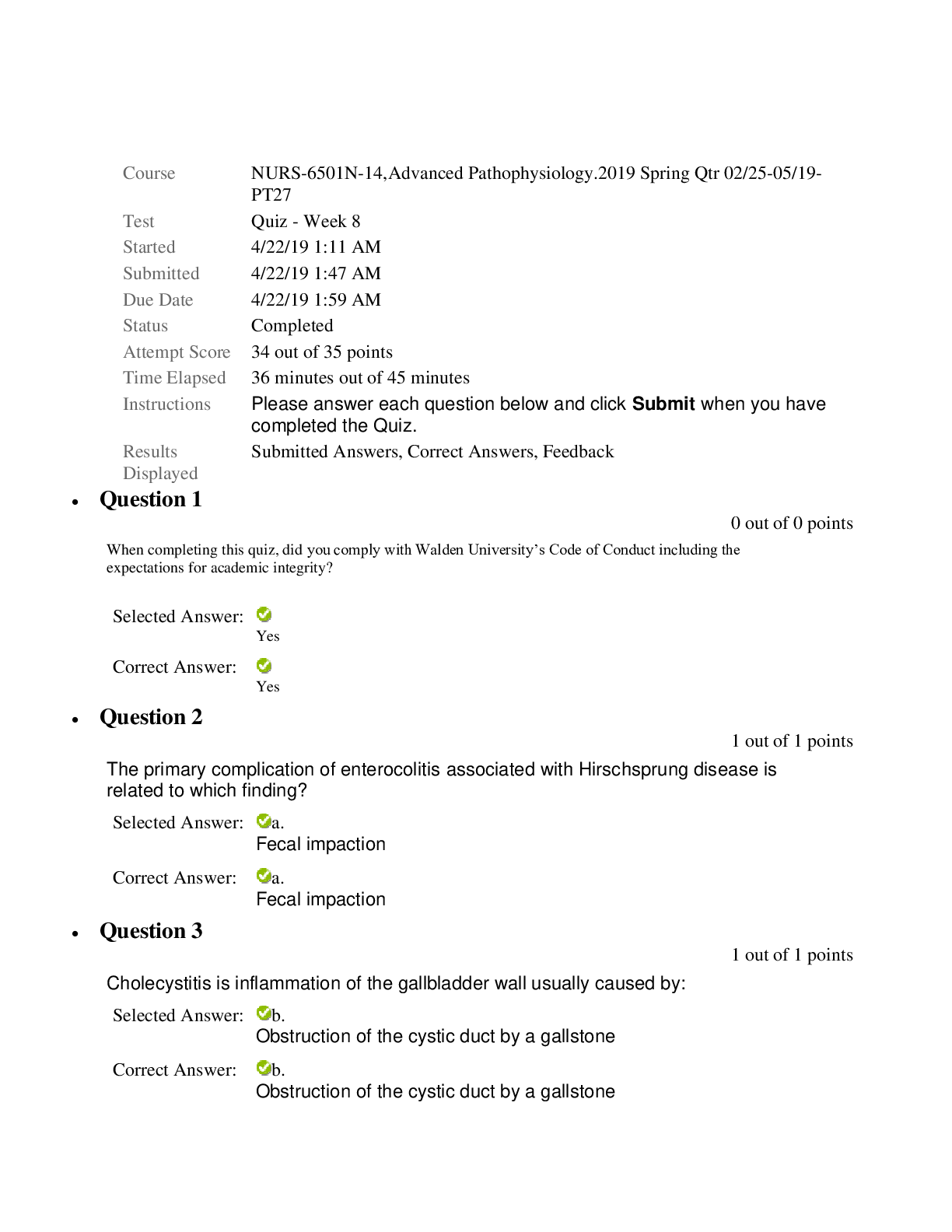
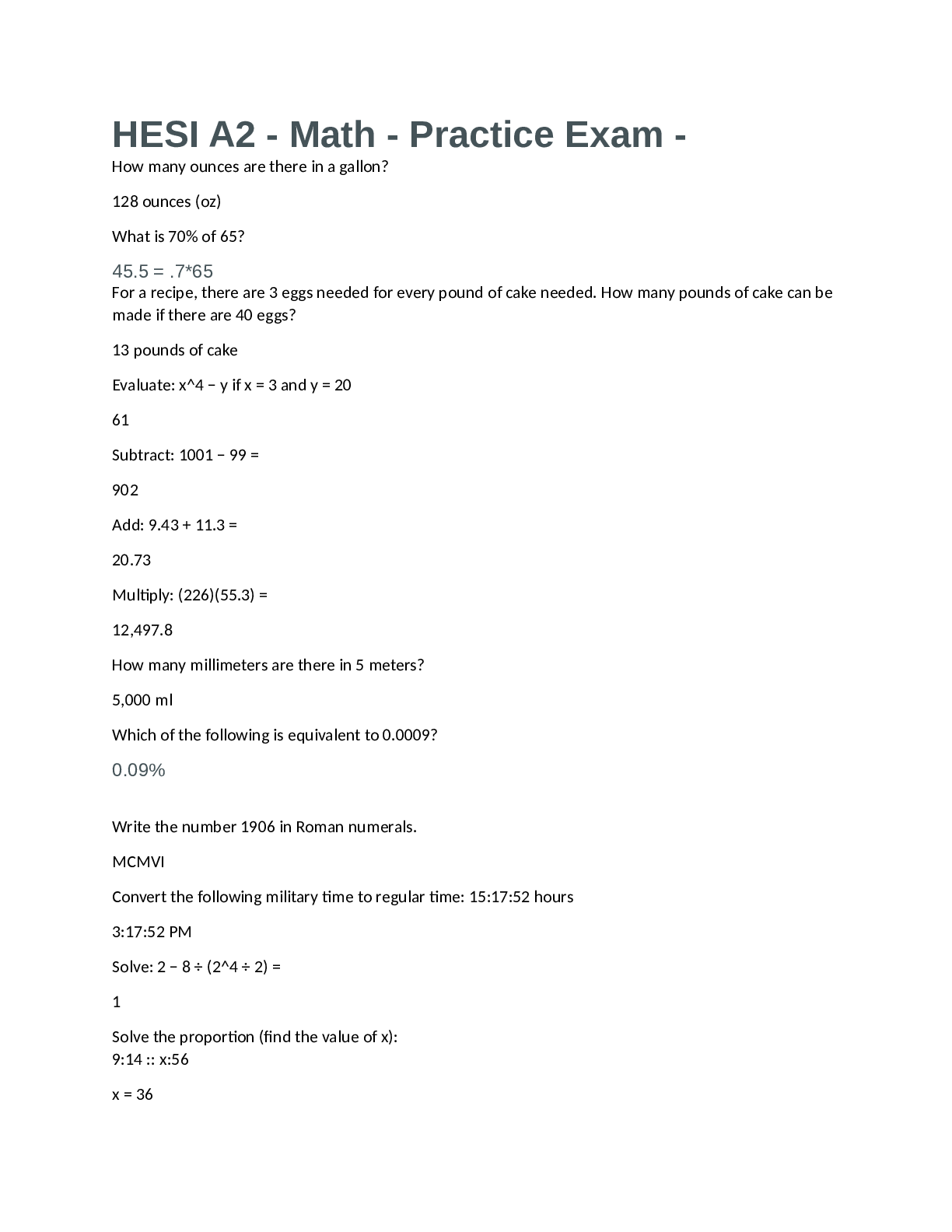
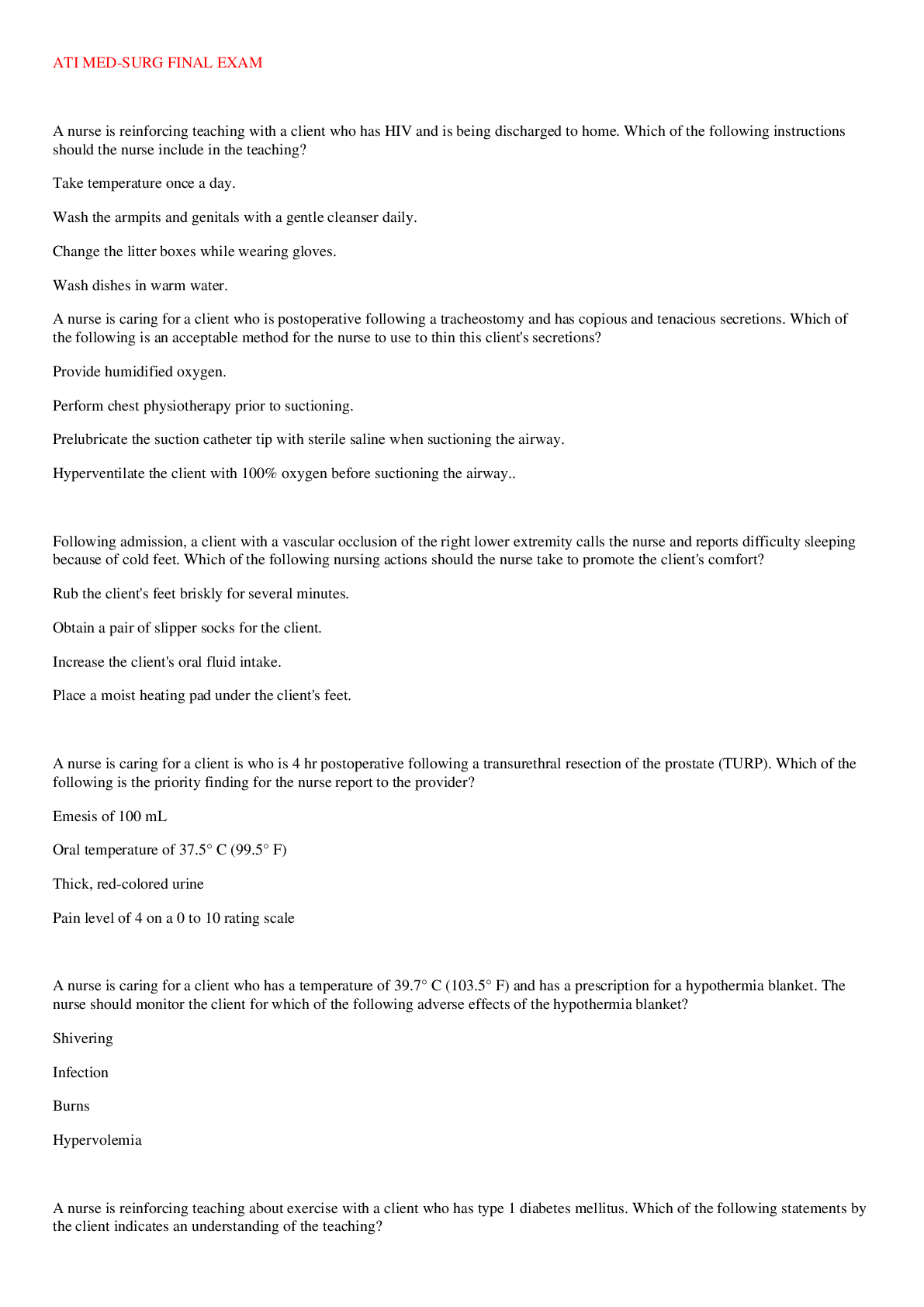



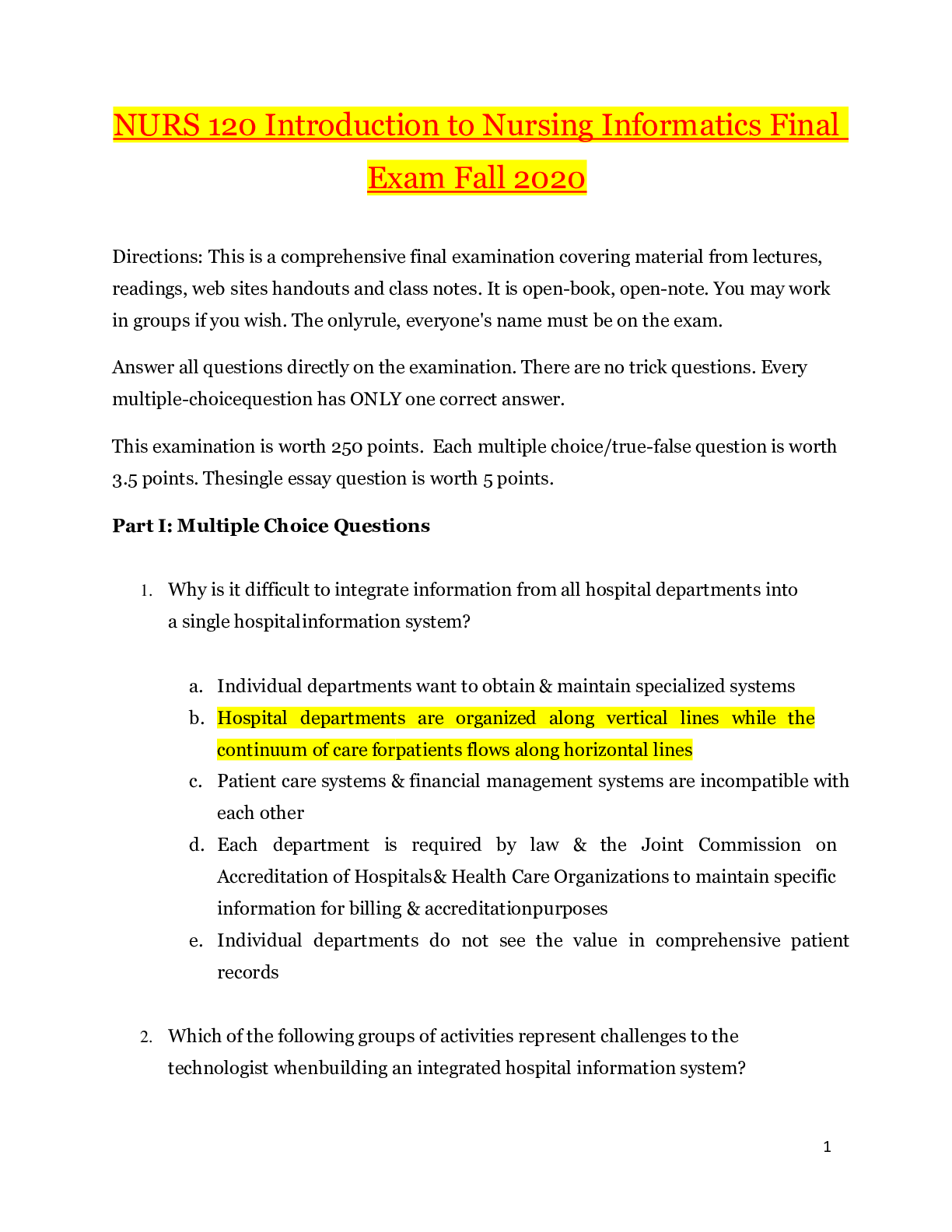
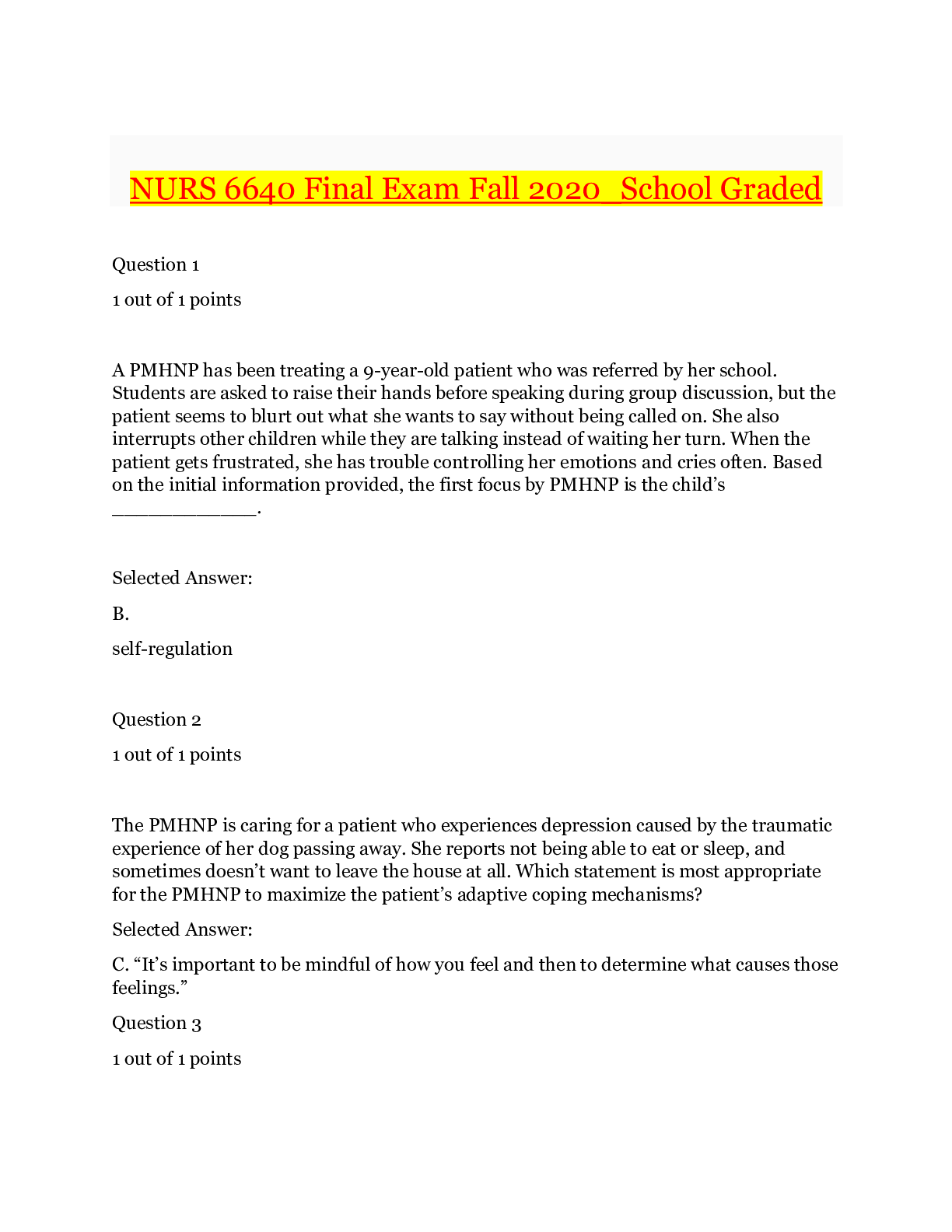


.png)
